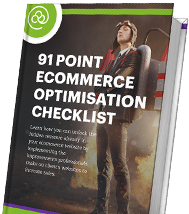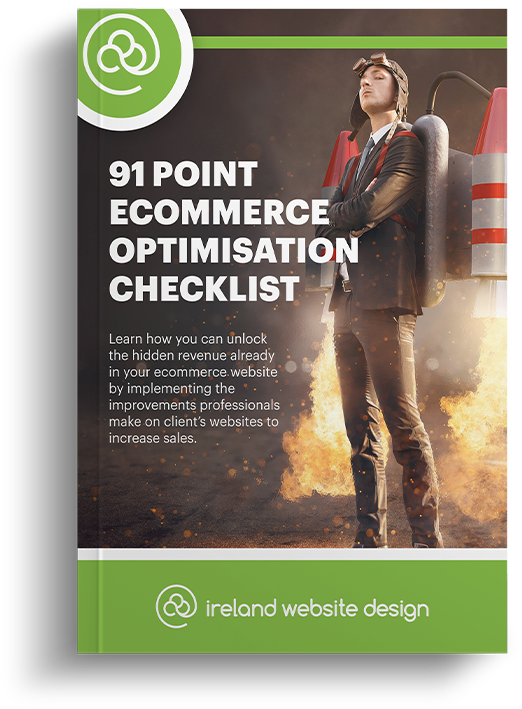You may have come across these words before in terms of website design but were unsure as to what they meant. Here we explain them both to you to better your understanding of your website.
The front end of your website refers to what users of your website see and interact with. So in other words, it is like accessing your website through its URL as if you were a customer of your business. Each of these web pages, page layouts, blog posts, images, videos, etc. are all accessible and be able to be interacted with through this frontend of your website. It is the entry point that is most used to access your website (think of this as the front door of a house).
Google also interacts with the front end of your website when it habitually scans websites to ascertain what content they contain. The front end of your website does also not display any draft or rough website pages or blog posts that are being worked on. So in summary, the front end of your website is the part that you want your audience to see and interact with, and as such is only the parts of your website that your audience can see and interact with.
The backend of your website is, as the name suggests, the complete opposite of the frontend. This is where the magic happens so to speak in that it is the area where new pages, layouts, blog posts, etc. are created and worked upon before they go live and display on your website (on the frontend). If you have a WordPress or Joomla website for example, when you are logged into the administration panel and reach the dashboard, you are now in the backend of your website.
In the past five years or so in the web design field, there has been a paradigm shift in what website design refers to. In the early days of website creation and maintenance, a developer was known as a person who works exclusively on the backend to build and hardwire the framework of the website while a website designer would have worked exclusively on the frontend of the design spectrum to create and launch content such as the aforementioned webpages and blog posts, etc. As time went on and technical levels and proficiencies increased, the connotations of the terms ‘frontend’ and ‘backend’ began to blur and are what they are now today.
Unsure of any of the elements or components of your website? Unsure why all of the elements and components of your website are not driving sales to your business? Get in touch with the expert team at Ireland Website Design where we can have a consultation with you to discuss your questions and concerns and implement a plan that will drive traffic to your website and in turn drive customers to your business.




